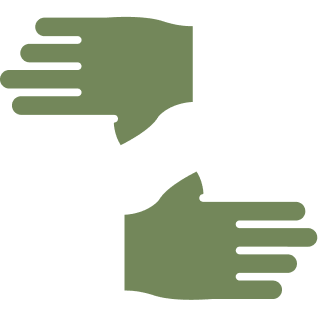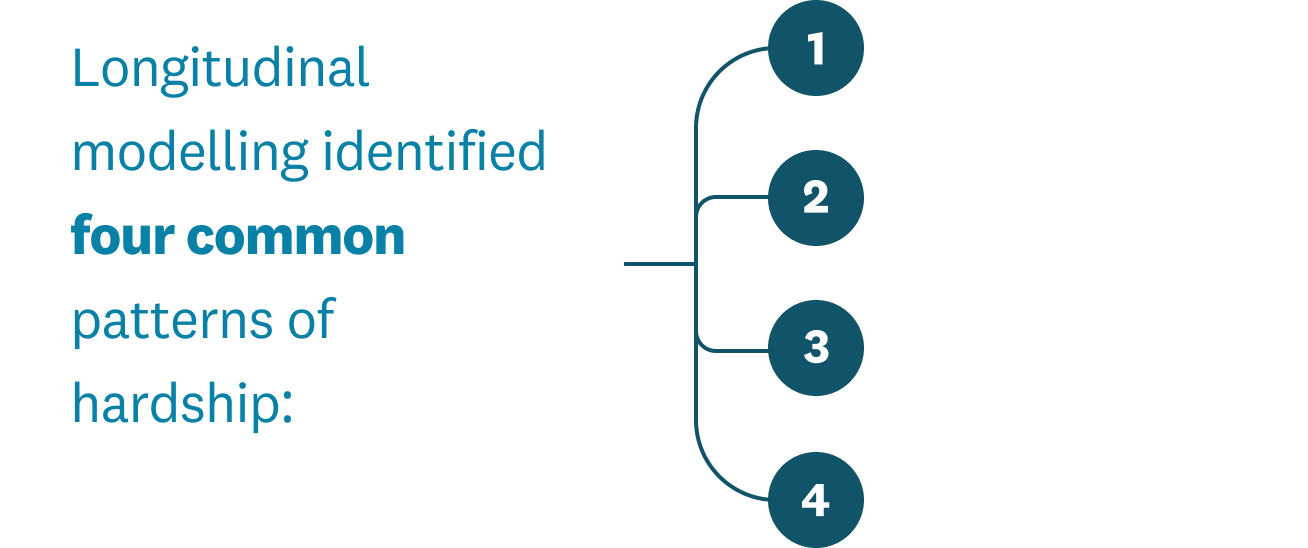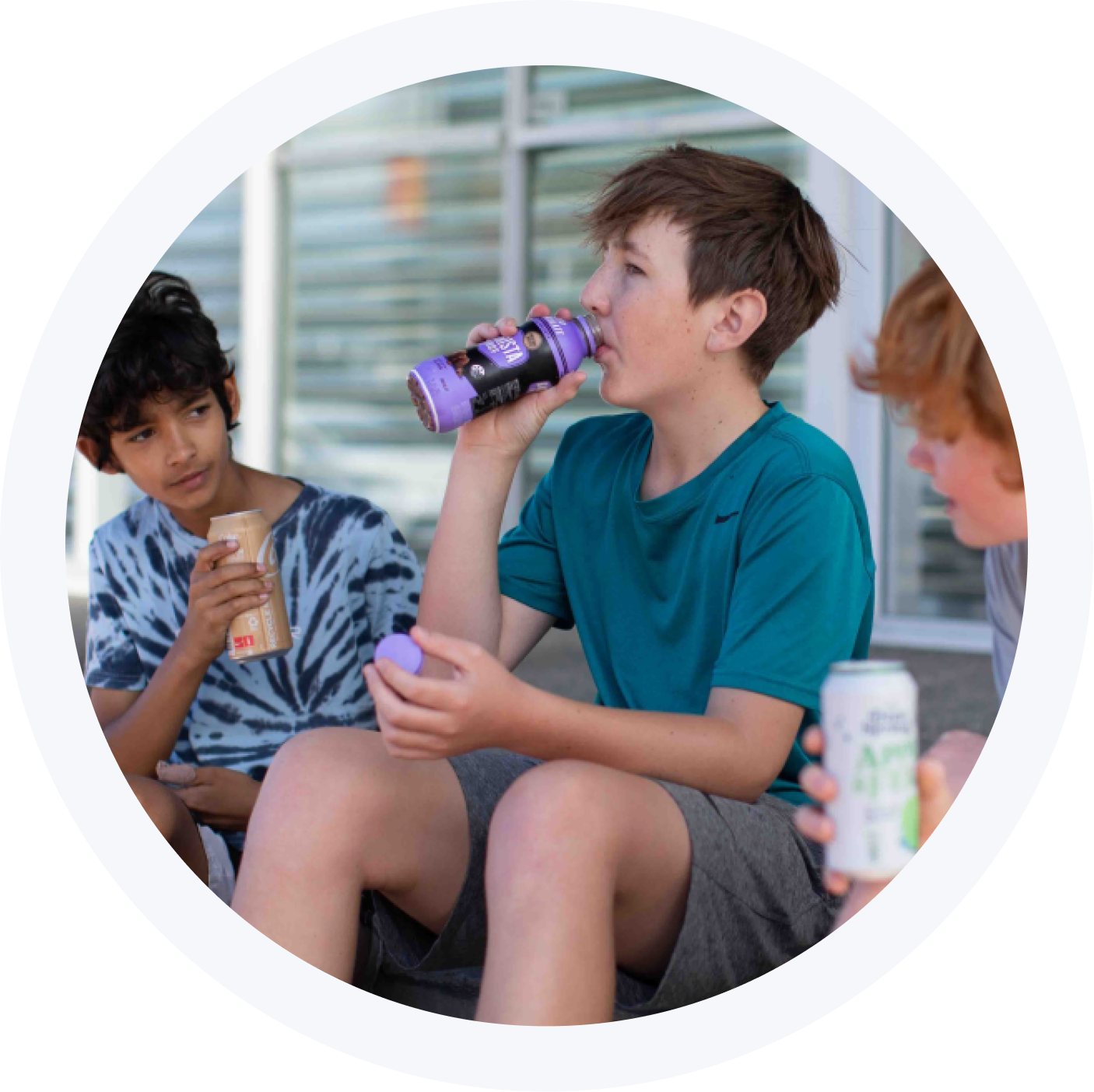Now We Are Twelve
Life in Early Adolescence
This latest report from Growing Up in New Zealand shares insights and findings from when the young people in the study are at the start of adolescence - a time of rapid social, emotional, and physical development. The report is presented in a series of nine snapshots which topics are relevant to the health and wellbeing of young people.
You can find out more about the Twelve Year Data Collection Wave in the Introduction to the 12-Year Data Collection Wave or the Methods Paper.
Explore key findings from Now We Are Twelve
of the rangatahi Māori cohort experienced persistent and relatively low structural disadvantage;

took part in the 12-year data collection wave.

important (non-parental) adult/s in their lives, i.e. grandparents, aunts, uncles and teachers.


with a network of people in their lives.

and had faced greater material hardship over time.

.svg)
than those living in the least deprived areas.

More than half of young people had an increase in depression symptoms
and more than a third had an increase in anxiety symptoms from 8 to 12-years-old.

whilst cisgender girls reported the highest school engagement.

Transgender or non-binary young people reported

among young people was significantly associated with their wellbeing.

12-year olds experienced food insecurity.

were due to involuntary reasons.
.svg)
By 12 years
had experienced homelessness.

of 12 year-olds received food from a school-based programme most or every school day.
.svg)
of the Growing Up in New Zealand cohort were living in households reporting material hardship at age 12.

One in three Young people felt a strong cultural connection and belonging, reporting that they feel:
Good
Happy
Proud
One in five had lived in material hardship at some point in childhood,
with most of these children experiencing hardship before starting school.

particularly among those designated female at birth.
30% of 12-year olds in the study identify with multiple ethnicities

Material hardship was a more common experience for particular groups in GUiNZ:
Sole-parents homes
Lower-income households
Identify as Māori and/or Pacific.

of 12-year-olds identified with multiple ethnicities.


and can be obscured by solely focusing on sex differences.
Disaggregating ethnic and gender identity data is important for achieving equity in child and youth wellbeing
Careful consideration of equity, inclusion, and limitations is required for statistical analysis.

%201.svg)


